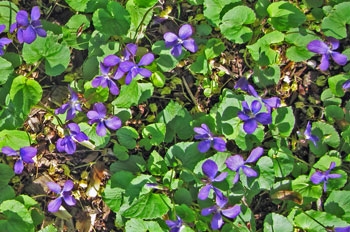
I vividly recall watching my first marigolds and zinnias sprout, grow, and flower once upon a long-ago summer. As summers came along, I had further easy victories with cosmos, poppies, bachelor’s buttons, nasturtiums, sunflowers, and morning glories. The adults in my life wisely gave me easy seeds. Success bred confidence and good memories.
But looking back, I can’t ignore the facts: None were native plants. Plants with regional roots were simply not part of the conversation.
Now we’re surrounded with messages about the importance of native plants to birds and pollinators. Is anyone teaching kids, or adults, for that matter, about easy-from-seed natives? For that matter, does anyone know which native plant seeds you can buy for a couple of dollars, scratch into minimally prepared soil, wait for a spell, and get results?
With some help from expert plant propagator Dan Jaffe Wilder, here's a list to consider. (Jaffe Wilder is co-author of "Native Plants for New England Gardens."). Read the entire article here.
- Anise hyssop, (Agastache foeniculum)
- Black-eyed Susan (Rudbeckia hirta)
- Cardinal flower (Lobelia cardinalis)
- Common violet (Viola soraria)
- Downy goldenrod (Solidago puberula)
- Orange forget-me-not, a.k.a jewelweed (Impatiens capensis)
- Partridge pea (Chamaecrista fasciculata)
- Spotted bee balm (Monarda punctata)
- White snakeroot (Ageratina altissima)
- White wood aster (Eurybia divaricata)
- White yarrow, (Achillea millefolium)
- Wreath goldenrod (Solidago caesia)
